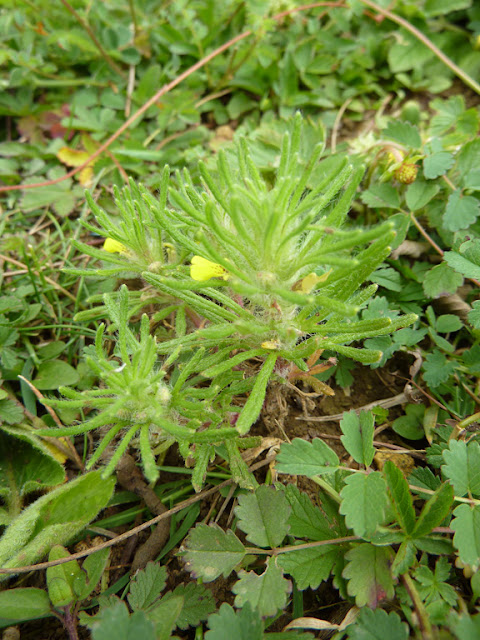www.aloadofbollox?

A few days ago I was on Reigate Heath, walking across a boggy area littered with the stumps of recently felled coniferous trees. A black insect flew into view, at first I thought that it was a melanic damselfly. It landed close by and I was confronted with something that I had not seen before - a large ichneumon fly exhibiting a preposterously long ovipositor. It didn't settle for long, but I was sure that I could nail the identification. Back home my trawl through the literature matched it, I think, to a species of Lissonota - but which one? The popular field guides suggest setosa , or fundator , or 'many similar species'. The world wide web threw up many images of supposed Lissonata , some of which were clearly not, being dragonflies and even shieldbugs! (I came across another at Thursley Common this week (image below) which looked a lot smaller than my Reigate specimen. It didn't stay still for long). This neatly illustrates a problem that the 'official...











